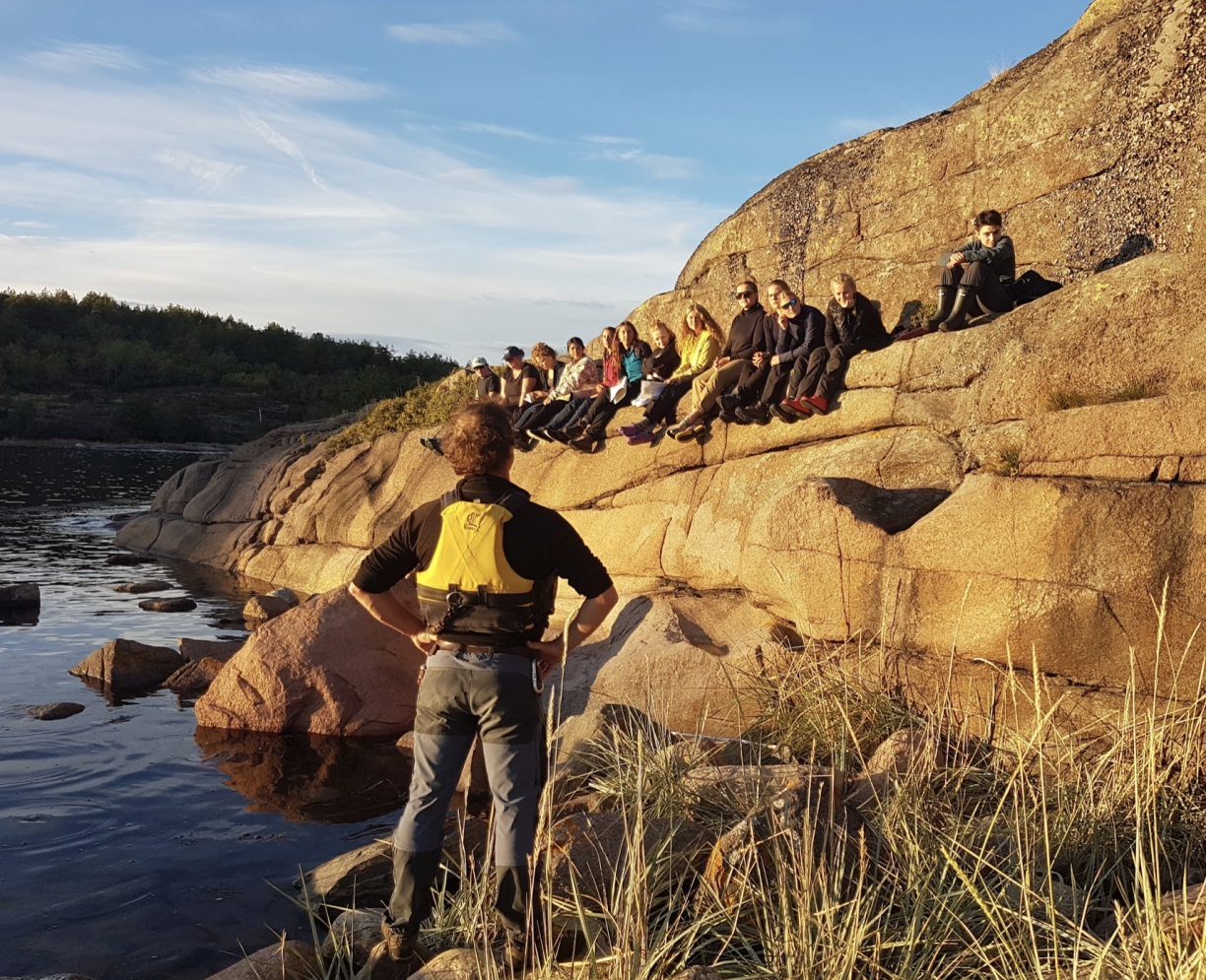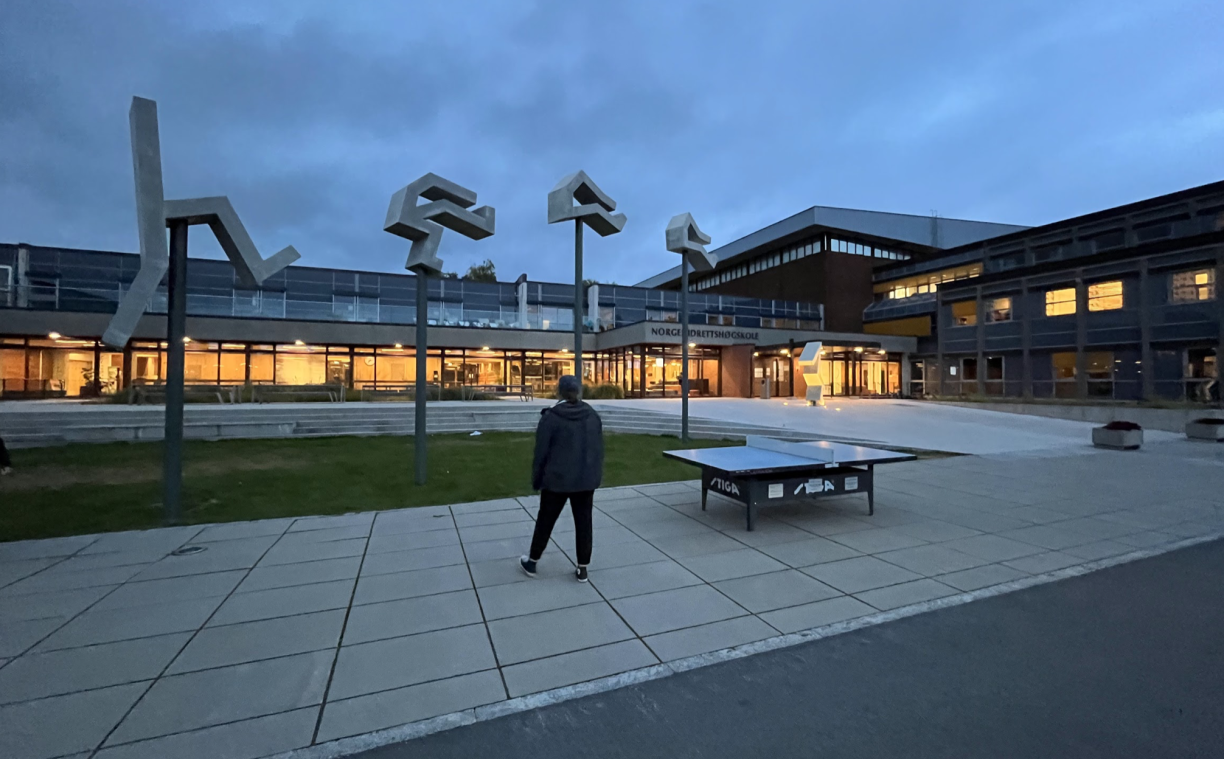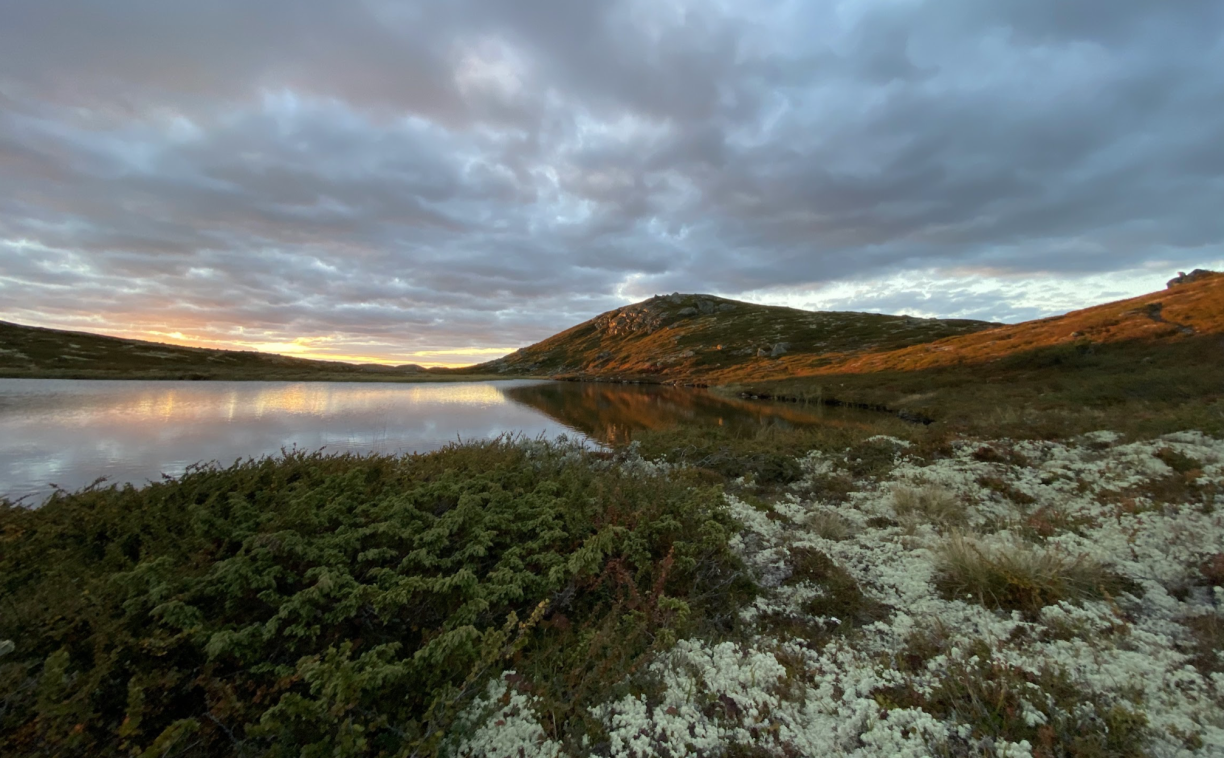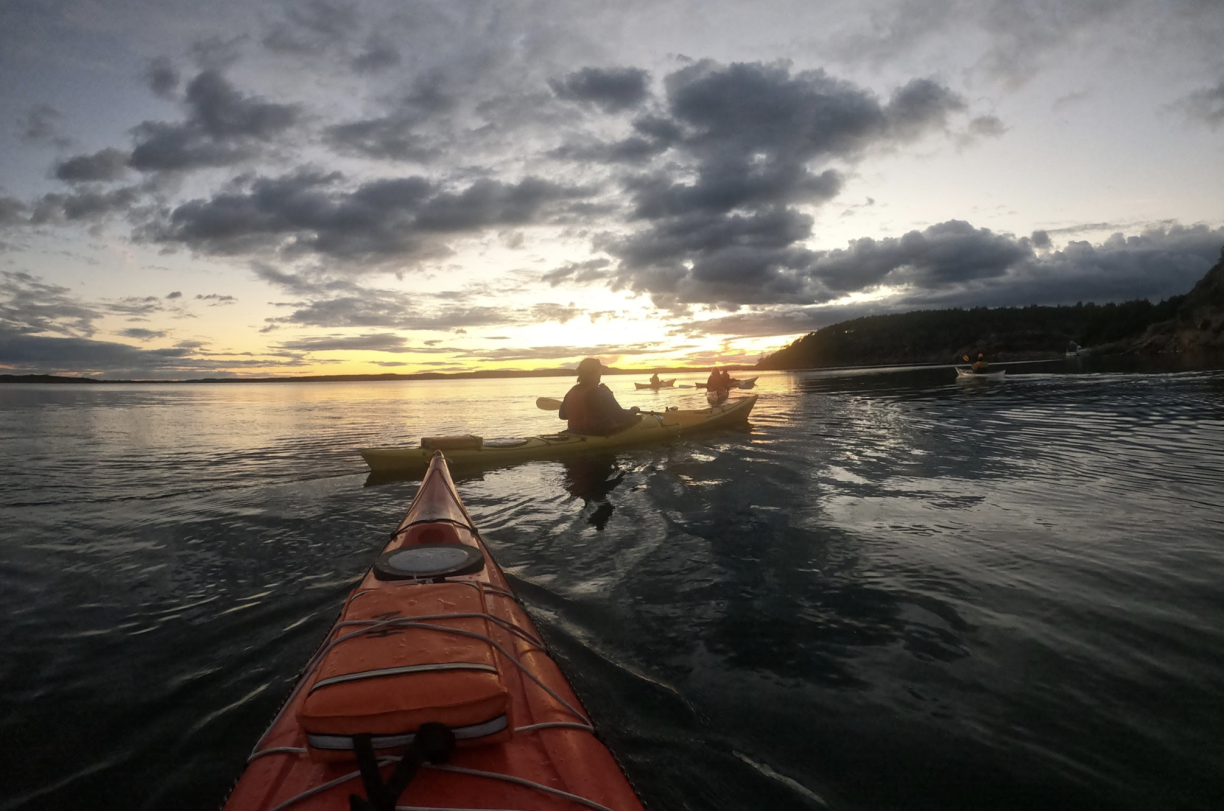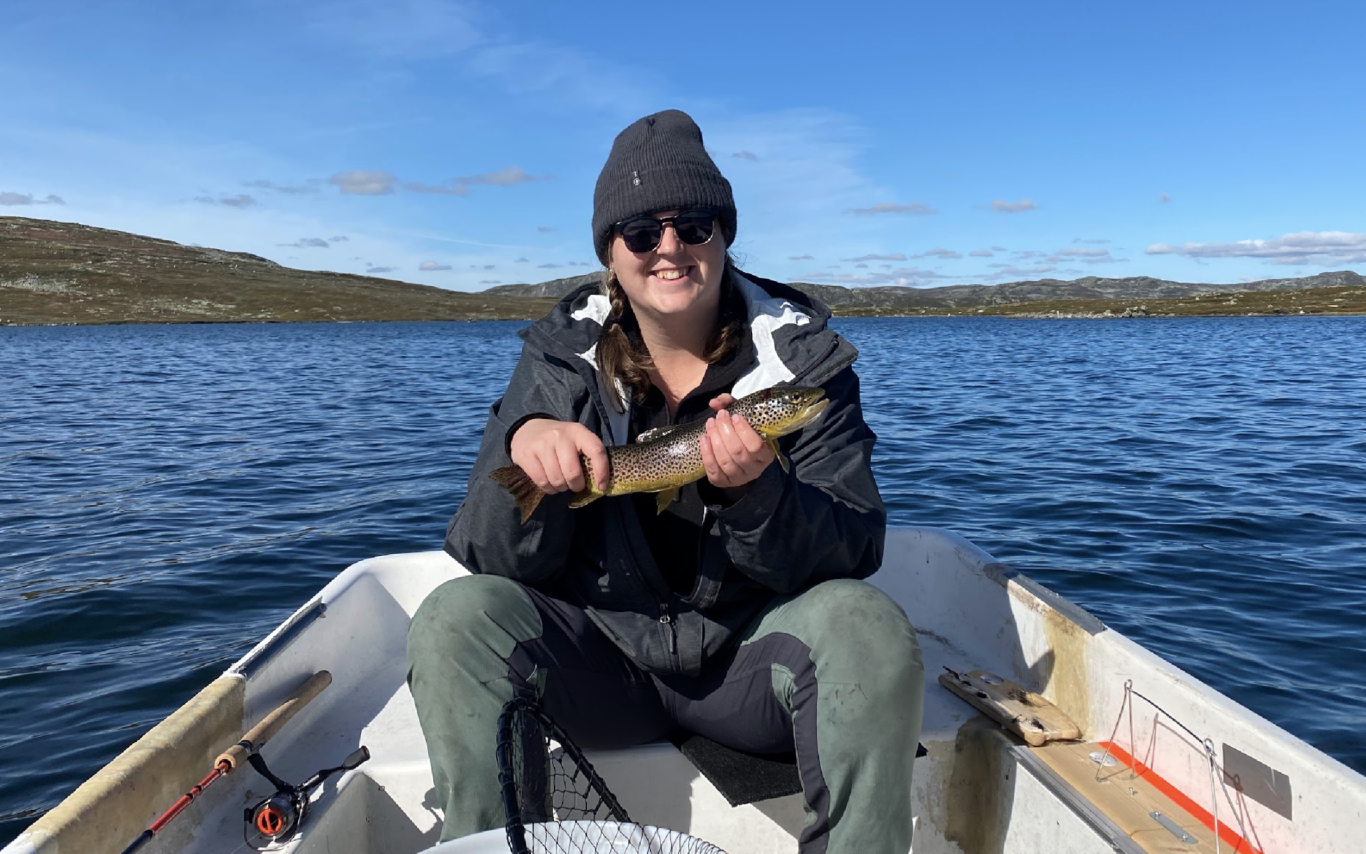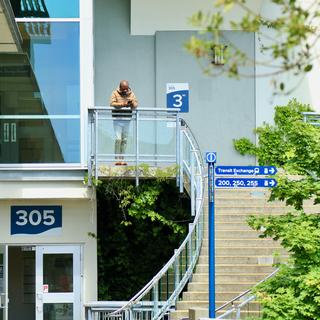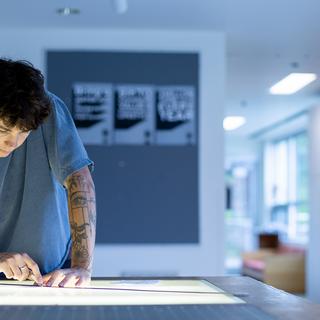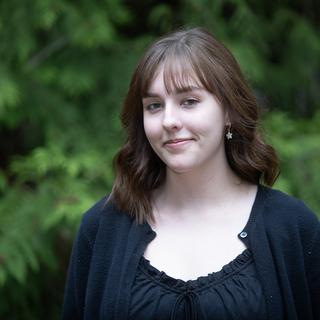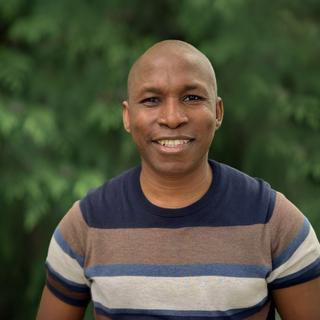What it’s like to learn and explore across the Norwegian landscape
My name is Sarah Osborne and I am a fourth-year student in the Child and Youth Care program at VIU. This fall, I had the opportunity to go on exchange to the Norwegian School of Sport Sciences (Norges Idrettshogskole, or NIH) in Oslo, Norway.
Making my choice
Why did I choose NIH? For me, the major draw was its outdoor studies (friluftsliv) program. I have always loved nature and exploring the outdoors. Additionally, one of my career goals is to do therapeutic adventure programs. Through the friluftsliv program I have been able to bring these two interests of mine together. The program has helped me gain practical outdoor skills that will allow me to be a strong practitioner in facilitating youth and families within various outdoor settings.
In the classroom
You might be wondering what my classes look like. Well, the fall semester consists of classes that focus on a hands-on approach to learning practical outdoor skills. In our classes, we learned how to plan for a variety of trips, how to harvest from the land and water, outdoor skill development and the philosophy behind why friluftsliv is important.
Learning on the land
A large portion of the learning is facilitated outdoors including three multi-night camping trips. In fact, over the last month and a half, I have spent 18 nights in a tent! Our first trip was an eight-day hiking trip in Hardangervidda National Park. For part of the trip, we navigated through the mountains in small groups using maps. Halfway through the trip, we met up with our professors at a lake where we learned how to fish using different techniques. We also learned how to properly clean and prepare the fish in a variety of ways such as smoking, curing, fermenting and drying. This trip was such a special experience. It provided the opportunity to try things I had never done before such as fishing (I caught my first fish on this trip!) as well as test the boundaries of my previous skills.
Seafood harvesting and kayaking
Our next trip was five days at Østre Bolæren, which was split into two segments. The first half of the trip was focused on harvesting from the sea and then learning to prepare food with what we had harvested. It was so much fun learning the different ways to harvest from the sea and tasting the different foods. I got to go crabbing and spear fishing (sadly no catches this time, I was close though) and gathering sea snails. The second part of the trip was a beginner sea-kayaking course. We learned different paddling skills, map reading and rescue techniques. Once we had built these skills, we loaded up our kayaks with our overnight gear and had a sunset kayak to camp on a different island. Kayaking in the Oslo fjord felt like a surreal experience.
Navigating and connecting with nature
Our last trip was five days in the mountain range of Blefjell. This trip focused on slower forms of friluftsliv. For part of the trip, we created and facilitated nature connectedness through mindful practices using the environment around us. During the other part of the trip, we did what I would call a slow friluftsliv amazing race. We had to navigate to different boxes set out in the woods that had different slow friluftsliv tasks. These tasks included climbing a mountain without following trails and going slow enough that you don’t break a sweat and building a shelter using a tarp and rope and camping alone for the night. Blefjell was one of the most beautiful places I have ever camped and was such a cool contrast to our first trips. Overall, the personal growth that happens on these trips is worth the journey here. They provided the space for practical learning as well as emotional and physical development.
Decisions and challenges
What was the biggest challenge of my exchange? It was the time it tookfor me to actually get here. Originally, I was supposed to go on exchange in the fall of 2020. However, when COVID hit, all of that changed and I wasn’t even sure if I would be able to go through with this dream. In the end, I had to extend my graduation by a year to make it happen. Sitting here in Norway now, I have absolutely no regrets about that decision. Overcoming obstacles to make it to Norway, I believe that I have gained a greater appreciation for my experiences here, as well as being proud of the determination that it took for me to follow through with my aspirations.
Advice for others
My advice for any future student who would like to take this program is to begin getting comfortable with being on trips in different weather conditions and to start to learn the basics before you go. With this program, you are with third-year students who have been educated on how to be safe, comfortable and skilled in the outdoors. Before you go, watch YouTube videos and read articles on how to properly pack a rucksack, keep yourself dry and warm, and basic outdoor safety. Additionally, follow the gear recommendations the school provides for you. Those who did not prepare this way before the trips had a harder time focusing on the school tasks since much of their efforts were on staying warm and dry. Lastly, if you love being outdoors, go for this exchange! It is a unique learning experience and more than worth it.
Skål!
